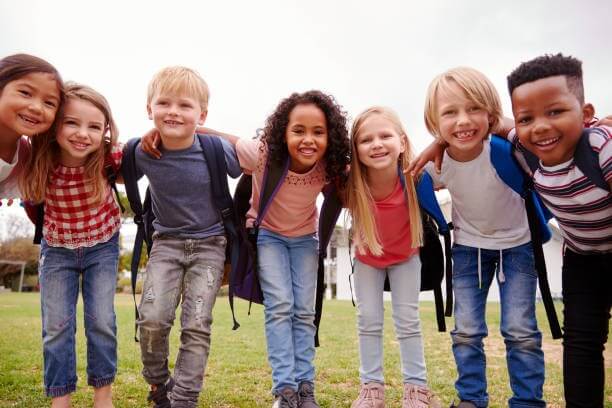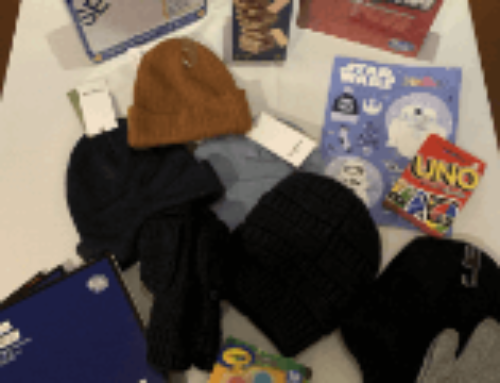The Path To Better Inclusion
Can Peers Help?
The start of the school year is finally underway. Building inclusive opportunities for those we serve is part of our mission and foremost on our mind as students return to school. We have come to realize that integration (e.g., bringing together members of different groups) is not the same as real inclusion. True participation, that is, helping all members to feel welcome and valued, along with sharing the same environment, is the goal! It is clear that advanced preparation and ongoing planning are very important to success, for both the child and the relevant peer group. Even with those pieces in place, the social interaction component can be a major stumbling block for children with learning differences to be included with their peers in a variety of school and community environments.
For those with autism for example, interacting with peers who do not have a basic understanding of the disorder and potential associated behaviors (e.g., stereotypic movements, avoiding eye contact, repetition on one topic) is a risk factor for misinterpretation. These behaviors can easily be seen as “weird” or even unfriendly, and they can also have very real and potentially harmful consequences in the short and long term.
A 2019 research study indicates that bullying rates of children with autism are typically higher than their neurotypical peers, with rates ranging from 46% to 94%. The associated social communication delays, ritualized behavior, and restricted interests can be a barrier for social inclusion across the educational environment. Peer misinformation and a poor understanding of what autism is can lead to negative attitudes. This is certain to impact inclusion.
Parents, special educators and teaching teams often ask us about ways to raise awareness, build friendships, and develop acceptance of differences in the classroom. We commend their interest and know that there are many opinions on the matter. Indeed, the child’s strengths and challenges should be relayed in a way that accepts and values the whole person, in line with the dignity of each student who is part of the class. Better inclusion will need to involve acceptance, participation, achievement and prevention of separation. The answer is complicated by other factors, such as the need to have modified work and materials for those with academic concerns; but it is important to deliver these materials through instruction that does not separate and can involve peers as mentors, group buddies, or models. Peer education can play a huge role. A 2021 research study showed that manualized programs delivered through different channels were most promising.
One manualized program has been published by The Organization for Autism Research (OAR), who created Kit for Kids to promote friendship in inclusive educational environments. This resource, which has been accessed by over 12,000 students across the country is based upon a fold-out booklet called, “What’s Up with Nick?” and includes a lesson plan and classroom poster. OAR created an animated web video to accompany the kit, along with a set of student activity workbooks. The three-minute web video uses cartoon animation, sound, and color to capture children’s attention, yet provides accurate autism information in a brief time window, using language kids can understand. It addresses some of the behaviors and characteristics that may make Nick and other kids with autism seem “a little different.”
Whether used in conjunction with the hard copy Kit for Kids materials or simply as a conversation starter, the video is an especially effective tool in the classroom where students with autism are learning alongside their peers. It is a great tool to help elementary and middle school students learn that, while their classmates with autism may think differently or need special accommodations, they should be treated with the same respect as everyone else. OAR created workbooks for students in four different grade ranges: K-1, 2-3, 4-5, and 6-8 to ensure appropriateness to grade level. These amazing resources, can be found at OAR’s Kit for Kids page.
True inclusion will require continued analysis and intervention on a larger scale, such as through school-wide efforts, supportive administrators, grassroots parent efforts, and professional advocacy. We hope that you will join us in promoting inclusion where and when an opportunity occurs this school year!
Updates on our Center-based Program
We are now conducting brief screenings for upcoming individual openings in our ABA clinic. Sessions are customized to meet the unique needs of each child. Come experience the difference as we celebrate 20+ years in practice!
To schedule a screening, email us at info@behavioraldirections.com







